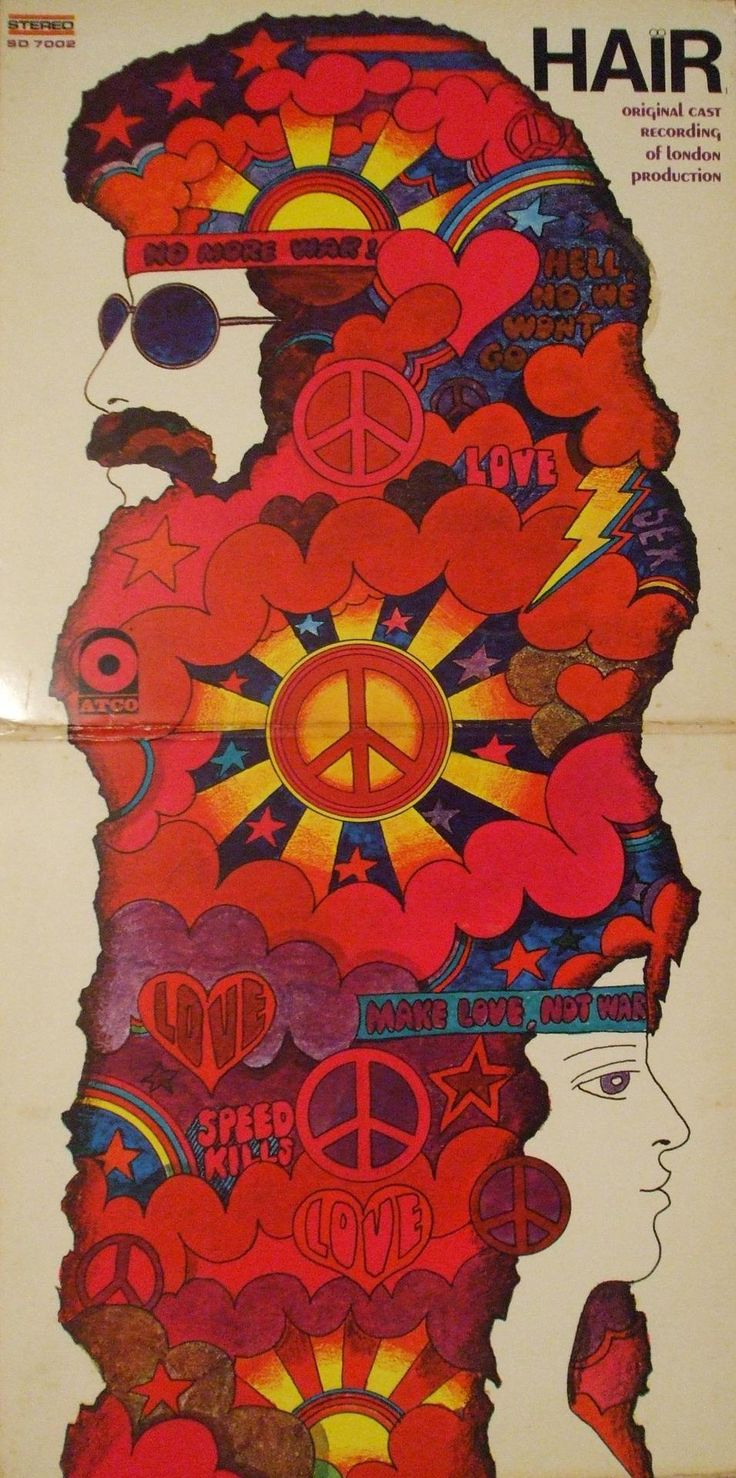Blog
1936 – 1996
An excellent hard bop trumpeter, Carmell Jones would probably have been much better-known today if he had not moved to Europe in the mid-’60s at the height of his career.
In 1960, after two years in the army and two years at the University of Kansas as a music education and trumpet major, Carmell left the midwest and became a studio musician in California. He recorded with artists such as Sammy Davis, Jr, Bob Hope, and Nelson Riddle. During this chapter in the Carmell Jones success story, he was being compared to Clifford Brown and Fats Navarro.
Carmell developed a close association with Bud Shank as a member of his quintet. He recorded with many other notables and most importantly, he recorded his first album under his own name and contract with Pacific Jazz – The Remarkable Carmell Jones. Thinking back about those days, Carmell said, “I’ve probably played with all of the bands that you’ve heard of.” Jones recorded a couple of albums as a leader for Pacific Jazz and made records with Bud Shank, Harold Land, Curtis Amy, and most significantly Gerald Wilson’s Orchestra (1961-1963).
Jones toured with Horace Silver for a year (1964-1965), recording the original version of “Song for My Father” with Silver before moving to Berlin. He was invited by Joachim Berendt, the German jazz critic who had heard Jones while in Kansas City, to go to Germany to play and record.
more...Bobby Lee Bradford (born July 19, 1934) is an American jazz trumpeter, cornetist, bandleader, and composer. He is noted for his work with Ornette Coleman. In October 2009, Bradford became the second recipient of the Festival of New Trumpet Music‘s Award of Recognition.
Bobby Lee Bradford’s life began in Mississippi; he and his family then moved to Dallas, Texas, in 1946. He moved to Los Angeles, California, in 1953 where he reunited with Ornette Coleman, whom he had previously known in Texas. Bradford subsequently joined Coleman’s ensemble, but was drafted into the U.S. Air Force and replaced by Don Cherry.
more...HAIR music concert by Theatre 55 Sunday Matinee 7-18-21 at 3pm in Caponi Art Park. Concluding this weekends performances. Music with Victor Zupanc, Jamie Carter, Devon Olson and mick laBriola.

Young blue stars circling the galactic center dominate. A mere 2.5 million light-years away, the Andromeda Galaxy, also known as M31, really is just next door as large galaxies go. Spanning about 230,000 light-years, it took 11 different image fields from NASA’s Galaxy Evolution Explorer (GALEX) satellite telescope to produce this gorgeous portrait of the spiral galaxy in ultraviolet light in 2003. While its spiral arms stand out in visible light images, Andromeda’s arms look more like rings in ultraviolet. The rings are sites of intense star formation and have been interpreted as evidence that Andromeda collided with its smaller neighboring elliptical galaxy M32 more than 200 million years ago. The Andromeda galaxy and our own comparable Milky Way galaxy are the most massive members of the Local Group of galaxies and are projected to collide in several billion years — perhaps around the time that our Sun’s atmosphere will expand to engulf the Earth.

more...
Mthutuzeli Dudu Pukwana (18 July 1938 – 30 June 1990) was a South African saxophonist, composer and pianist (although not known for his piano playing).
Dudu Pukwana was born in Walmer Township, Port Elizabeth, South Africa. He grew up studying piano in his family, but in 1956 he switched to alto sax after meeting tenor sax player Nikele Moyake. In 1962, Pukwana won first prize at the Johannesburg Jazz Festival with Moyake’s Jazz Giants (1962 Gallo/Teal). In his early days he also played with Kippie Moeketsi. Chris McGregor then invited him to join the pioneering Blue Notes sextet,[2]where he played along with Mongezi Feza, Nikele Moyake, Johnny Dyani and Louis Moholo. Although the Blue Notes are often considered McGregor’s group, Pukwana was initially the principal composer and all the group members had pivotal roles.
more...Thomas Sylvester Allen, 18th July 1931, Wilmington, Delaware, U.S.A – 30th August 1988, Solano County, California, U.S.A). War are best remembered for the Seventies hits, ‘Low Rider’, ‘The Cisco Kid’, ‘The World Is A Ghetto’ and ‘Why Can’t We Be Friends?’, however, the group’s roots were originally conceived a decade earlier. ‘Papa’ Dee Allen died of a heart attack which struck him onstage in 1988. Lee Oskar said of him ‘Papa Dee Allen does have one of my harmonicas in his grave. He died of a brain haemorrhage on stage. I dropped the last harp I used with him on stage into his grave.
https://www.youtube.com/watch?v=JcMTEZquNfo
more...Federico Arístides Soto Alejo (June 30, 1930 – February 4, 2008), better known as Tata Güines, was a Cuban percussionist, bandleader and arranger. He was widely regarded as a master of the conga drum, and alongside Carlos “Patato” Valdés, influential in the development of contemporary Afro-Cuban music, including Afro-Cuban jazz. He specialized in a form of improvisation known as descarga, a format in which he recorded numerous albums throughout the years with Cachao, Frank Emilio Flynn, Estrellas de Areito, Alfredo Rodríguez and Jane Bunnett, among others. In the 1990s he released two critically acclaimed albums as a leader: Pasaporte and Aniversario. His composition “Pa’ gozar” has become a standard of the descarga genre.
Arístides Soto was born in Güines, a town east of Havana in the former province of Havana in Cuba, on June 30, 1930. He grew up with his parents and his seven siblings, leaving school after year 4 to work as a shoeshiner and paperboy. His mother, María de los Ángeles Soto, took care of the house, while his father José Alejo Vasallo “Joseíto” was a cane worker. He was exposed to music from a young age; Joseíto played the tres in the Sexteto Partagás and used to jam with Arsenio Rodríguez, who lived nearby. Tata made his first bongó-like drums out of a sausage jar and a carton of milk in order to join them on percussion.
more...Jalacy “Screamin’ Jay” Hawkins (July 18, 1929 – February 12, 2000) was an American singer-songwriter, musician, actor, film producer, and boxer. Famed chiefly for his powerful, operatic vocal delivery and wildly theatrical performances of songs such as “I Put a Spell on You“, he sometimes used macabre props onstage, making him an early pioneer of shock rock. He received a nomination for the Independent Spirit Award for Best Supporting Male for his performance in the 1989 indie film Mystery Train.
Hawkins was born and raised in Cleveland, Ohio. At the age of 18 months, Hawkins was put up for adoption and shortly thereafter was adopted and raised by Blackfoot Indians.
more...
HAIR music concert with Theatre 55 at Caponi Art Park tonight at 7pm The opening night was amazing with audience members in costumes singing also with the HAIR favorites.
https://www.caponiartpark.org/events/hair-the-concert-experience/

The Trifid Nebula (catalogued as Messier 20 or M20 and as NGC 6514) is an H II region in the north-west of Sagittarius in a star-forming region in the Milky Way’s Scutum-Centaurus Arm. It was discovered by Charles Messier on June 5, 1764. Its name means ‘three-lobe’. The object is an unusual combination of an open cluster of stars, an emission nebula (a relatively dense, red-yellow portion), a reflection nebula (the mainly NNE blue portion), and a dark nebula (the apparent ‘gaps’ in the former that cause the trifurcated appearance also designated Barnard 85). Viewed through a small telescope, the Trifid Nebula is a bright and peculiar object, and is thus a perennial favorite of amateur astronomers.
The most massive star that has formed in this region is HD 164492A, an O7.5III star with a mass more than 20 times the mass of the Sun. This star is surrounded by a cluster of approximately 3100 young stars.
![]()
Phoebe Snow (born Phoebe Ann Laub; July 17, 1950 – April 26, 2011) was an American singer-songwriter and guitarist, known for her hit 1975 songs “Poetry Man” and “Harpo’s Blues” and her credited guest vocals backing Paul Simon on “Gone at Last“. She was described by The New York Times as a “contralto grounded in a bluesy growl and capable of sweeping over four octaves.” Snow also sang numerous commercial jingles for many U.S. products during the 1980s and 1990s, including General Foods International Coffees, Salon Selectives, and Stouffer’s. Snow experienced success in Australia in the late 1970s and early 1980s with five top 100 albums in that territory. Phoebe Ann Laub was born in New York City in 1950, and raised in a musical household in which Delta blues, Broadway show tunes, Dixieland jazz, classical music, and folk music recordings were played around the clock. Her father, Merrill Laub, an exterminator by trade, had an encyclopedic knowledge of American film and theater and was also an avid collector and restorer of antiques. Her mother, Lili Laub, was a dance teacher who had performed with the Martha Graham group. She was Jewish.
more...Chico Freeman (born Earl Lavon Freeman Jr.; July 17, 1949) is a modern jazz tenor saxophonist and trumpeter and son of jazz saxophonist Von Freeman. He began recording as lead musician in 1976 with Morning Prayer, won the New York Jazz Award in 1979 and earned the Stereo ReviewRecord of the Year in 1981 for his album The Outside Within.
Freeman was introduced to the trumpet by his brother Everett, who found a trumpet in the family basement. Freeman began playing, inspired by artists such as Miles Davis. He went to Northwestern University in 1967 with a scholarship for mathematics and played the trumpet in the school, but did not begin playing the saxophone until his junior year. After practicing eight to ten hours per day and trying out for the saxophone section, Freeman quickly changed his major to music, and graduated in 1972. By that time he was proficient in saxophone, trumpet, and piano.
After graduation, Freeman taught at the Association for the Advancement of Creative Musicians School of Music in Chicago and started taking classes as a graduate student at Governors State University, earning a master’s degree in composition and theory. Although most of Freeman’s musical upbringing had been in jazz, at this time he began getting involved in blues music as well. He began playing at local Chicago clubs with artists such as Memphis Slim and Lucky Carmichael.
more...Benjamin Alexander Riley Jr. (July 17, 1933 – November 18, 2017) was an American jazz drummer known for his work with Thelonious Monk, as well as Alice Coltrane, Stan Getz, Eddie “Lockjaw” Davis, Ahmad Jamal, and as a member of the group Sphere. During the 1970s and 1980s he was a member of the New York Jazz Quartet.
Benjamin Alexander Riley Jr. was born in Savannah, Georgia, on July 17, 1933, and at the age of four moved with his family to New York City.
“Riley performed with Randy Weston, Sonny Stitt, Stan Getz, Junior Mance, Kenny Burrell, Eddie “Lockjaw” Davis–Johnny Griffin (1960–1962), Ahmad Jamal, Billy Taylor, and Ray Bryant. He then spent 1964 to 1967 in Thelonious Monk‘s quartet. After Monk, he played with Alice Coltrane(intermittently between 1968 and 1975), Ron Carter (1975–1977), Jim Hall (1981), and the bands the New York Jazz Quartet (1970s and 1980s) and Sphere. He also played frequently with pianist Abdullah Ibrahim. Riley died of lung disease and complications of diabetes in West Islip, New York on November 18, 2017, aged 84.
https://www.youtube.com/watch?v=0q66sd35iIk
more...Joseph Albert Morello (July 17, 1928 – March 12, 2011 Springfield, MA) was an American jazz drummer best known for his work with the Dave Brubeck Quartet. He was particularly noted for playing in the unusual time signatures employed by that group in such pieces as “Take Five” and “Blue Rondo à la Turk“. Popular for its work on college campuses during the 1950s, Brubeck’s group reached new heights with Morello. In June 1959, Morello participated in a recording session with the quartet—completed by the alto saxophonist Paul Desmond and the bassist Eugene Wright—that yielded “Kathy’s Waltz” and “Three to Get Ready”, both of which intermingled 3/4 and 4/4 time signatures.
Morello suffered from partial vision from birth, and devoted himself to indoor activities. At six years old, he began studying the violin. Three years later, he was a featured soloist with the Boston Symphony Orchestra, playing Mendelssohn’s Violin Concerto, and again three years later.
more...Vincent Anthony Guaraldi /ɡəˈrældi/ (July 17, 1928 – February 6, 1976), born Vincent Anthony Dellaglio, was an American jazz pianist noted for his innovative compositions and arrangements and for composing music for animated television adaptations of the Peanuts comic strip including their signature melody, “Linus and Lucy” and the holiday standard, “Christmas Time Is Here“. He is also known for his performances on piano as a member of Cal Tjader‘s 1950s ensembles and for his own solo career. His 1962 composition “Cast Your Fate to the Wind” became a radio hit and won a Grammy Award in 1963 for Best Original Jazz Composition. He died of a sudden heart attack at age 47 in February 1976 moments after finishing a nightclub performance in Menlo Park, California.
Guaraldi was born in San Francisco’s North Beach area, a place that became very important to his blossoming musical career. His last name changed to “Guaraldi” after his mother, Carmella (née Marcellino; 1908–1999), divorced his biological father (whose last name was Dellaglio) and married Tony Guaraldi, who adopted the boy. Growing up, Guaraldi was influended by both of his maternal uncles, Joe and Maurice “Muzzy” Marcellino, both of whom headed jazz big bands in San Francisco for many years. He graduated from Lincoln High School, briefly attended San Francisco State College, and served in the United States Army as a cook in the Korean War.
Guaraldi’s first recording was an unreleased demo made with Tom Hart in mid-1951. His first official recording was made in November 1951 with Cal Tjader‘s Mambo Trio. The songs—”Chopsticks Mambo,” “Vibra-Tharpe,” “Three Little Words” and “Lullaby of the Leaves”—were released in December 1953 on the 10-inch LP record, The Cal Tjader Trio. By summer 1954, Guaraldi had formed his first trio, with Eddie Duran (guitar) and Dean Reilly (double bass), and regularly performing as the as house band at the hungry i jazz club in San Francisco, backing singer Faith Winthrop.
Guaraldi died suddenly on February 6, 1976, at age 47 after suffering a massive heart attack. The evening before, he had dined at Mendelson’s home and was reportedly not feeling well, complaining of indigestion-like chest discomfort. “He was about to do his first cruise. He’d be able to play Peanuts music on the ship, and he was excited about that. We talked about the cruise and the Peanuts shows, and I said that I didn’t know what the next one would be yet, but that we wouldn’t start until he got back. But he also said he wasn’t feeling well, and had gone to see the doctor. The doctor thought Vince might have a diaphragmatic hernia, and that they might have to deal with it.
more...
More Posts
- David Crosby
- Ben Sidran
- Eddie Costa
- Stuff Smith
- World Music Carlos Núñez
- Daily Roots Israel Tafari
- Primary Election Day 2024
- Knowing your History is to know your Destiny
- Cosmos ISS Jet Lightening
- Dan Fogelberg
- Joe Puma
- Son Seals
- George Shearing
- Baby Boy Warren
- Anna Mae Winburn
- “Big Chief” Russell Moore
- Lestvitsa Ensemble Ансамбль “Лествица”
- Daily Roots Linval Thompson
- Cosmos Abell 426
- Pat Metheny